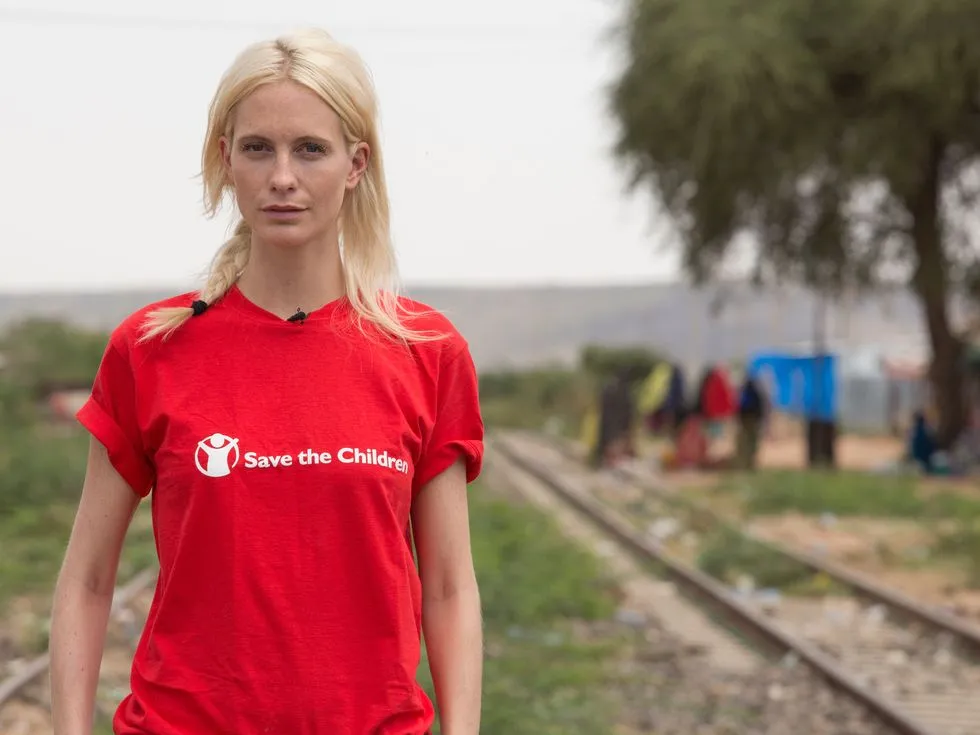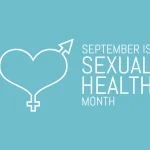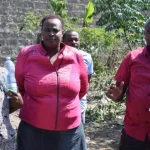Save The Children Asks the Phillipines Government to Unite in Reducing Teenage Pregnancies
Reading Time: 2 minutes

 901
901
Save the Children is perturbed by the 35% increase in pregnancies among children of age between 10 and 14 years in the Philippines. The leading child rights organization is calling on the government and the families to join hands in spreading awareness to children about their rights and reproductive health.
According to the Philippine Statistics Authority (PSA) 2022, about 3,135 cases of adolescent pregnancies were recorded among young girls. This represents a 35% increase from 2,320 cases that were recorded in 2021.
A concerning upward trend in teenage pregnancies below the age of 15 has been recorded for the past six years. Since 2017, the Philippines has continued to record one of the highest teenage pregnancy rates in Asia. Save the Children Philippines hopes to draw attention to the government and parents on early and unintended pregnancies among young girls.
Save the Children’s Technical Adviser for Adolescent Sexual and Reproductive Health and Rights Shebana Alqaseer shares, “We call upon the government to prioritize comprehensive access to sexual and reproductive health information and services, conduct massive awareness-raising campaigns, and strengthen health systems to safeguard the safety and well-being of our children.

Additionally, we encourage parents to engage in open and healthy conversations with their children about sexuality and reproductive health to empower them to make informed choices,” The program, Healthy, Empowered and Responsible Teens alias “HEART to Heart” implemented in Mindanao, Luzon and Visayas is aiding mothers and caregivers to learn how to communicate with adolescent children on lessons of reproductive health and sexuality.
Adolescent pregnancy is now a national problem. The rising prevalence cannot be traced to a particular cause, rather it’s a combination of cultural, social and biological factors. Among the factors contributing to reproductive health issues and adolescent sexuality include:
Very little access to sex education and information.
Parents also lack adequate communication skills and are not a preferred source of information to their children on sexual reproductive health information.
Women lack access to family planning services. Some cultural practices in the Philippines encourage early union. The country lacks adolescent sexuality and reproductive health (ASRH) policies and their full implementation.
 901
901







